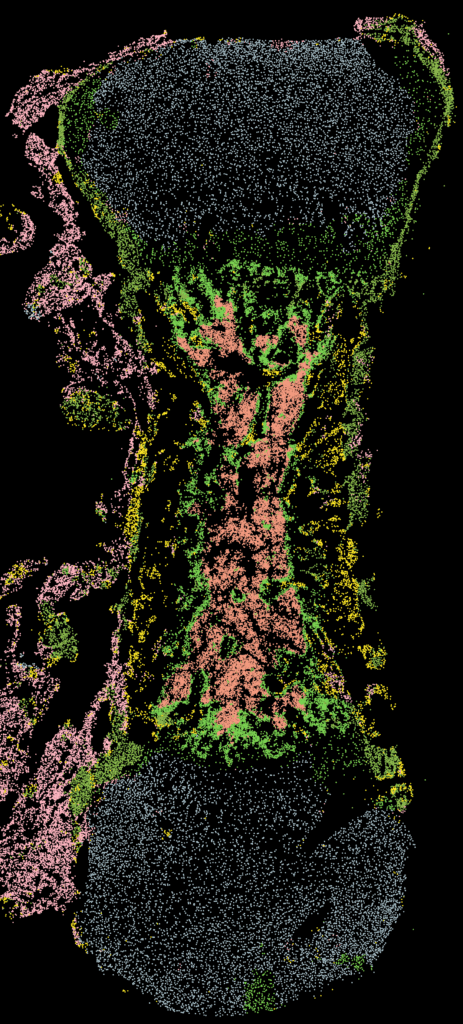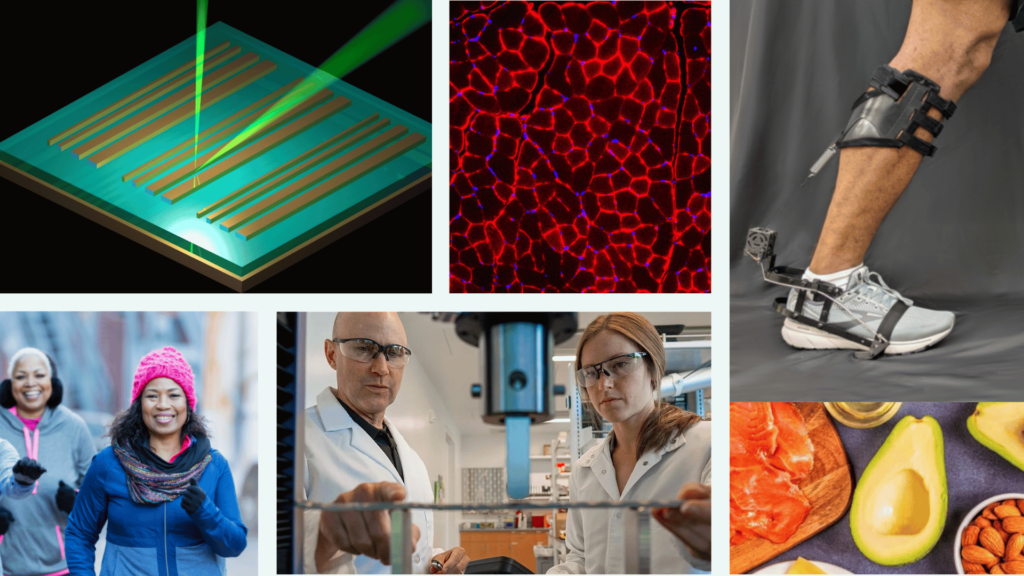New “robotic boot” personalizes your walking experience in the real world
Collaborators

Engineers at Stanford University have created an exoskeleton “boot” that gives users an extra spring in their step – and this added boost is customizable to each person. During the first hour or so of wearing the boot, the exoskeleton delivers a slightly different pattern of assistance to the motor that works with the user’s calf muscles. The device then imparts a helpful little push moments before the user lifts their foot off the ground.
By measuring which pushes work best for optimal performance, the machine-learning model determines how to assist the person. This allows wearers to walk 9% faster and with 17% less energy expended per distance traveled than usual – the largest improvements in exoskeleton-enabled speed and energy economy to date.
But what’s truly unique about this study is how well the device worked outside the lab. As Patrick Slade, who worked on the data-driven exoskeleton as a PhD student and a Wu Tsai Human Performance Alliance Postdoctoral Fellow at Stanford, said: “This is the first time we’ve seen an exoskeleton provide energy savings for real-world users.”
The team hopes the device will one day help people with mobility impairments, such as the elderly or those with muscle weakness, as well as those with strenuous occupations that require a lot of walking.
This study is part of the Wu Tsai Human Performance Digital Athlete moonshot research initiative to develop computational models for optimizing individual performance.
Read the press release from Stanford
Read the full scientific study in Nature
Media Coverage: New Scientist, Technology Review, The Verge, The Independent, Interesting Engineering, New Atlas, Popular Science, Tech Crunch, TechXplore, Tech Times, Reuters, Metro Tech, MSN, Science Times
Latest News

May 29, 2025
Is exercise before sleep linked with poorer sleep?

May 23, 2025
Skeletal stem cells key to stronger bones, better healing

March 13, 2025
Wu Tsai Human Performance Alliance Research Round-Up – March 2025
Get Engaged
Join our mailing list to receive the latest information and updates on the Wu Tsai Human Performance Alliance.
